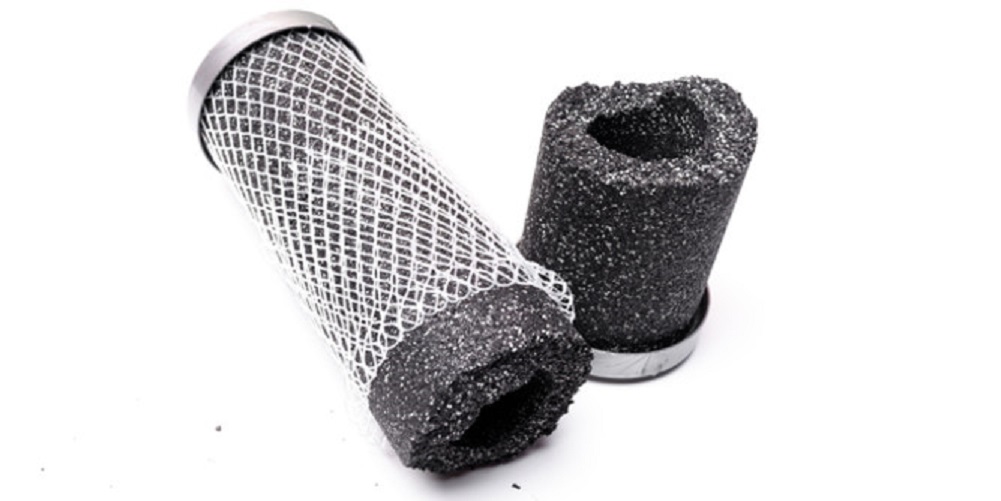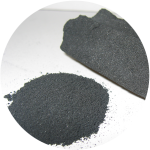
Your Comprehensive Guide to Purchasing Carbon Block Filters
Carbon Block filters, which first appeared in the early 1970s, are one of the most effective and widely used technologies in point-of-use drinking water treatment. Solid blocks of carbon, or simply carbon blocks, are used either as standalone treatment methods or in conjunction with other filtration technologies. Although it may seem simple at first glance, there are several factors to consider when designing and manufacturing an efficient carbon block filter. Let’s clarify the key points that buyers should take into account when selecting the appropriate filter specifications.
Activated Carbon for Water Filtration
Activated carbon has been proven to be an ideal medium for filtering taste, odors, and pollutants from water. The Activated carbon is a form of carbon that has been processed to increase the porosity of individual particles, resulting in a large surface area available for absorption. The larger surface area is crucial in absorbing pollutants because it provides a better environment for the substance to be adsorbed. The relatively low cost and wide availability of carbon make it an excellent medium suitable for a wide range of applications.
Activated carbon is used in water purification in two main forms:
- Granular Activated Carbon (GAC)
- Carbon Block
Both models use carbon that has been ground into small particle sizes. GAC-sourced carbon is ground into particles smaller than 0.84 mm but larger than 0.30 mm. To produce carbon blocks, the particles are ground into “fine mesh” particles smaller than 0.045 mm ~ 0.18 mm, around 7 to 19 times finer than GAC.
What is Carbon Block Technology, and Why is Carbon Block the Preferred Choice?
Carbon block primarily consists of activated carbon particles with a binding agent that allows the carbon particles to maintain a fixed position relative to each other. The carbon block works to shell the movement of carbon molecules, enhancing performance uniformity, and preventing water channeling, a common issue with GAC. Usually, GAC is packed in a loose layer enclosed in a closed cartridge or a pressure vessel. Water flows through the loose carbon bed, taking the path of least resistance. The carbon block is formed into a cartridge with predetermined dimensions. The use of end caps forces the water to flow through the fixed pores of the carbon block.
- This regular porous structure between individual carbon particles is what enables the carbon block to achieve higher efficiency in reducing pollutants.
- The uniform porous structure of the carbon block also increases the contact time with filter media, enhancing the block’s capacity to remove contaminants. Its smaller particle size and uniform porous structure provide much higher effectiveness at a smaller footprint compared to granular activated carbon (GAC) at the same flow rate. For this reason, GAC is usually used as a treatment method for aesthetic contaminants (taste, odor, and color) removal.
In comparison, the two types of carbon filters are Granular Activated Carbon (GAC) and Carbon Block

- Carbon block filters exceed aesthetic water improvement by reducing particles, microorganisms, lead, volatile organic compounds (VOCs), and other pollutants.
- These filters can also remove organic carbon buildup or carbon dust, a significant concern for users. New GAC filters release a surge of black water containing carbon particles when first used. Due to its fixed formation, the carbon block minimizes carbon particles when starting up. Therefore, backwashing or cleaning is reduced. This practicality also removes carbon particles during continuous filter operation.
- Another advantage of carbon block over granular activated carbon (GAC) is that the block’s pore size can be controlled small enough to effectively eliminate bacteria growth inside the filter. A loose carbon bed can provide ample space for bacterial colonization.
Overall, carbon block is a better choice for water purification applications as it is highly effective in removing pollutants. Its relatively low cost, small footprint, use of renewable resources, small form factor, and resistance to bacterial growth make it a favorable option.
How Does Carbon Block Filter Water?
They utilize three processes to remove or reduce contaminants from drinking water:
- The most apparent process is mechanical filtration: Mechanical filtration works like a sieve, disposing of particles larger in size than the filter’s pores. Carbon blocks can mechanically filter small particles like half a micron (submicron).
- Another process used in some specially designed carbon block filters is kinetic absorption: This process works when water passes through the outer casing, causing the material inside the casing to acquire a positive molecular charge, attracting negative ions of certain pollutants.
- Carbon block filters also employ physical adsorption: This is the process by which carbon itself attracts pollutants. Activated carbon particles have a very large surface area for attracting and retaining pollutants. The specially designed non-stick materials used in compacted carbon blocks expose the carbon’s surface, improving its ability to reduce pollutant levels.
Carbon Block Filters vs. Other Filtration Technologies
Carbon block water filters are positively compared with other technologies and are often used in conjunction with them. GAC filters generally have very high capabilities in reducing or removing aesthetic pollutants such as bad tastes, odors, or colors. For these reasons, GAC filters are called “taste and odor” filters. However, GAC filters have limited contact time between water and carbon, so they perform poorly in reducing health-related contaminants. GAC filters work well as primary filters.
They are most suitable for high flow rate requirements, such as Point Of Entry (POE) applications. Where water does not necessarily need to be of drinking water quality but improving quality for showering and other uses, with the ever-increasing demand for high-quality drinking water, marketing of new types of media, from mineral shavings to coconut husks, will continue. Some materials can be exceptionally good at reducing a specific contaminant in the water, but there is a wide range of pollutants that must be treated—not just one or two.
Carbon block filters vs. Reverse Osmosis (RO)
Reverse osmosis is a technology that uses a semi-permeable membrane to separate inorganic pollutants from water. Reverse osmosis does not have an independent capability to reduce most volatile organic compounds. Most reverse osmosis systems have a low production rate and can take several hours to produce just one gallon of water. The slow processing time of reverse osmosis requires the use of a pressurized storage tank to store the treated water. The process of forcing water through the membrane also generates a stream of wastewater that is typically discharged. The waste-to-product water ratio can be as high as 5 to 1. Reverse osmosis works to remove essential minerals and trace elements necessary for good health, resulting in a decrease in product water ph.
























